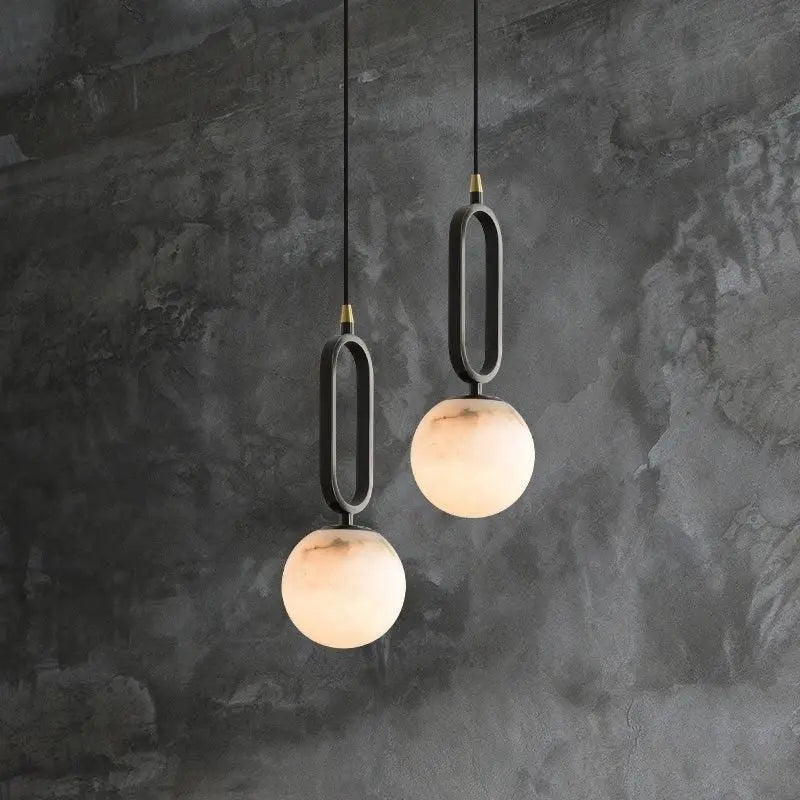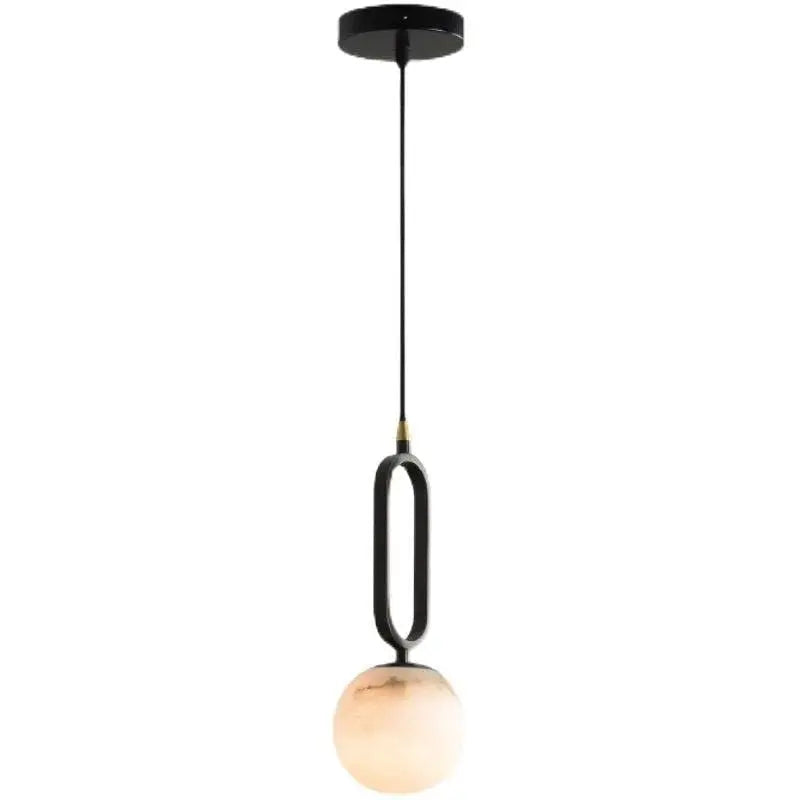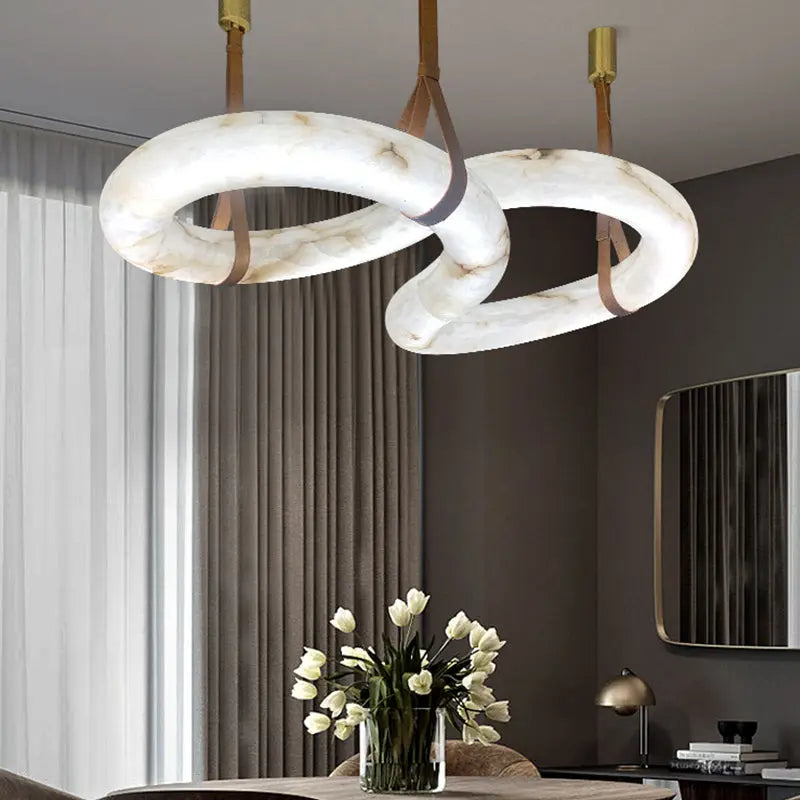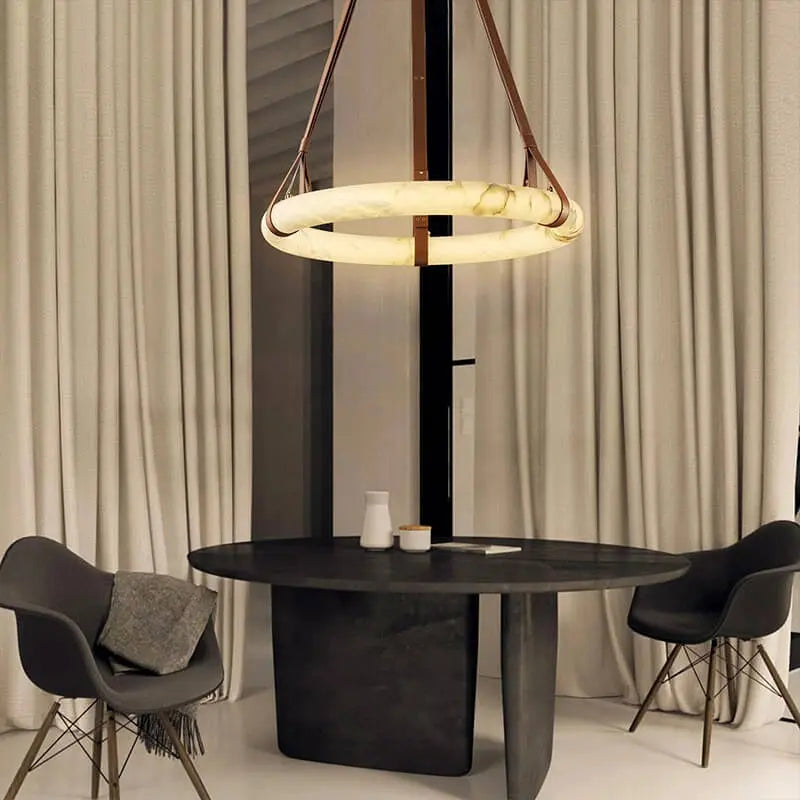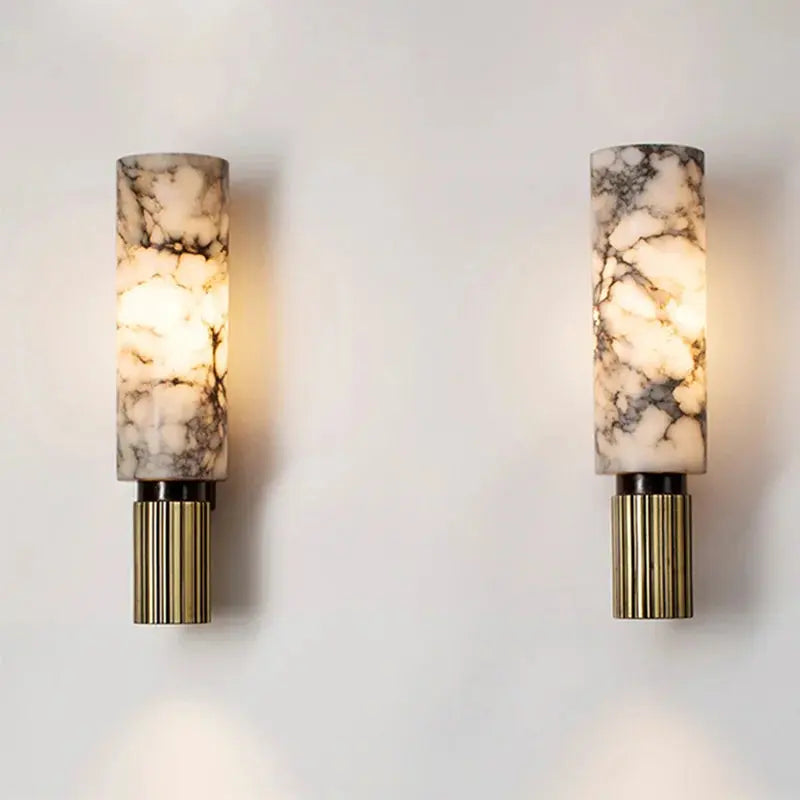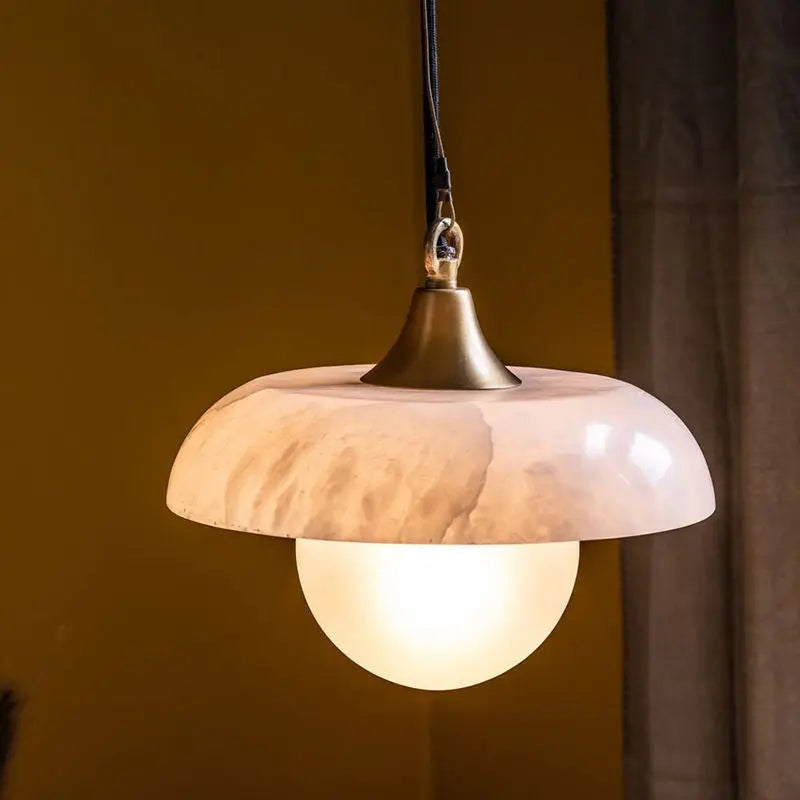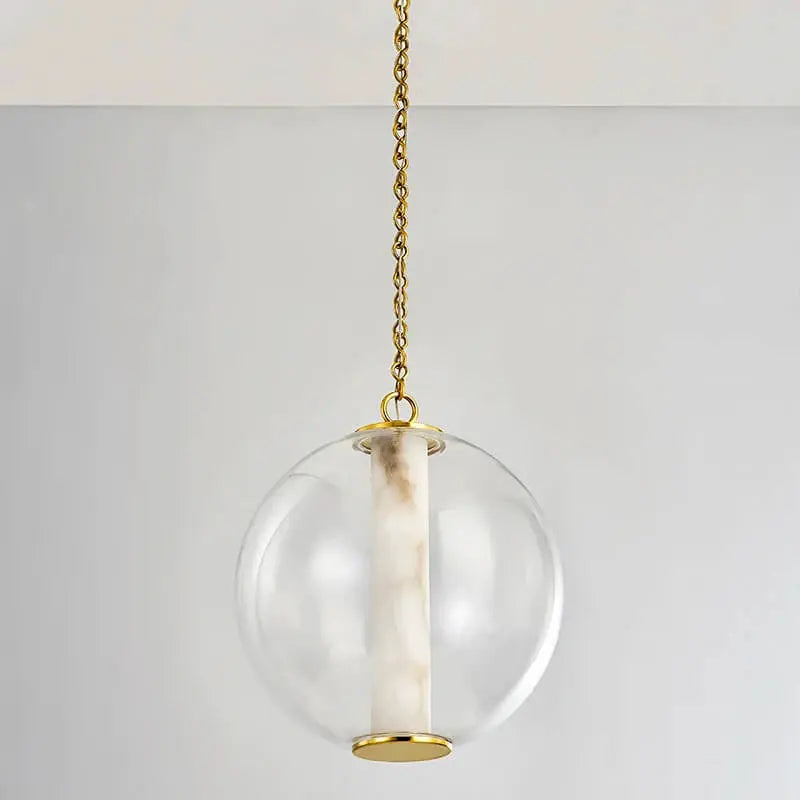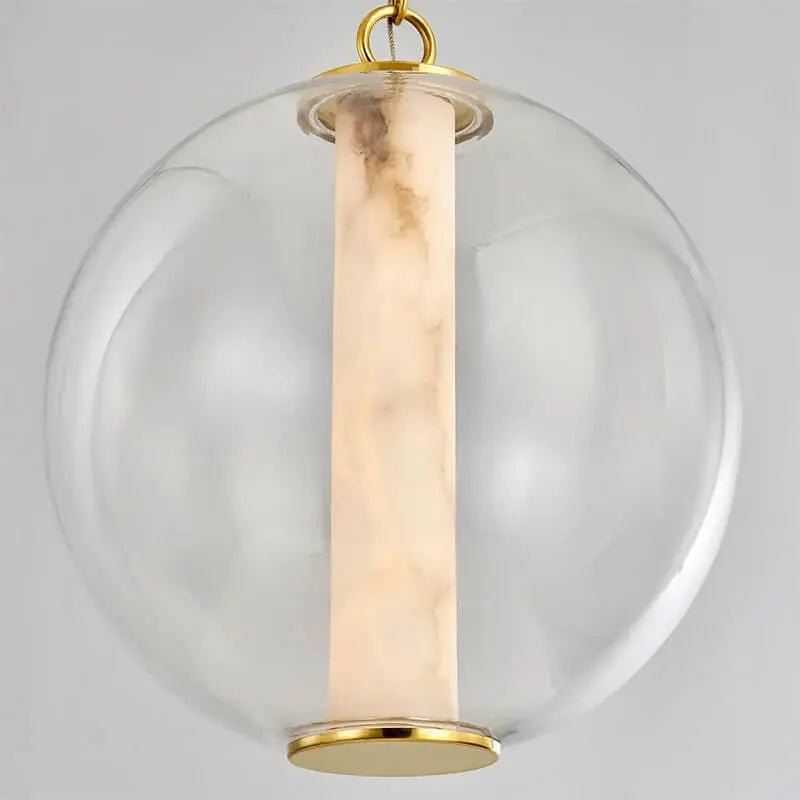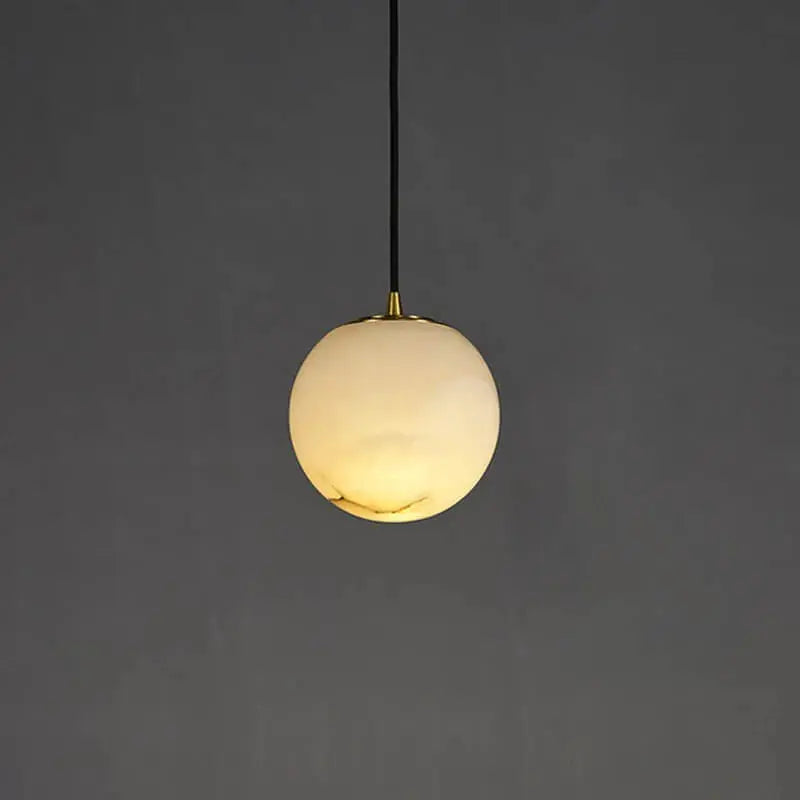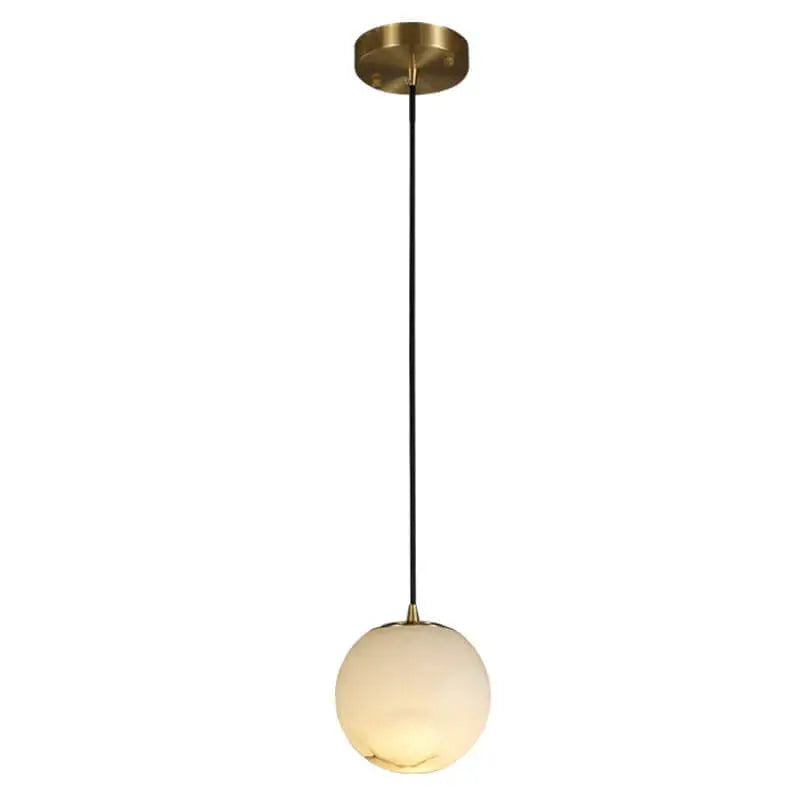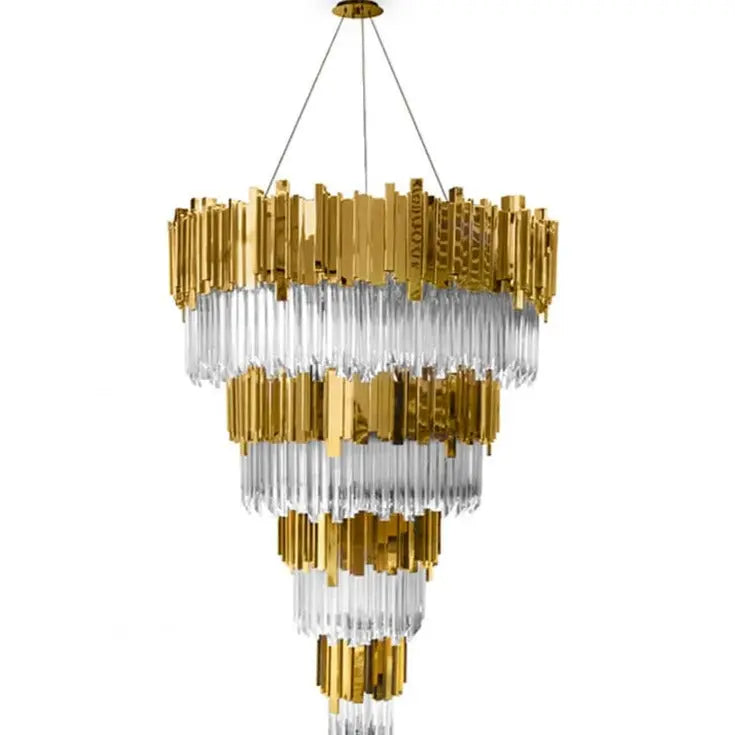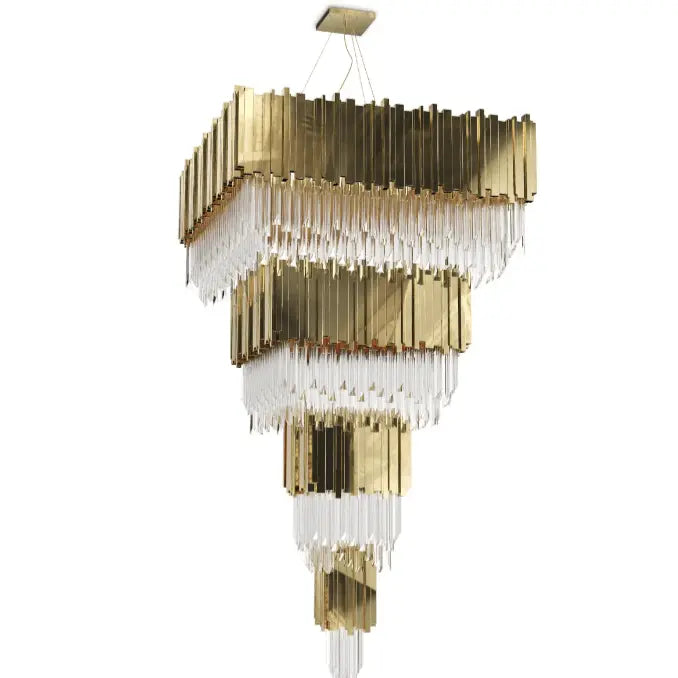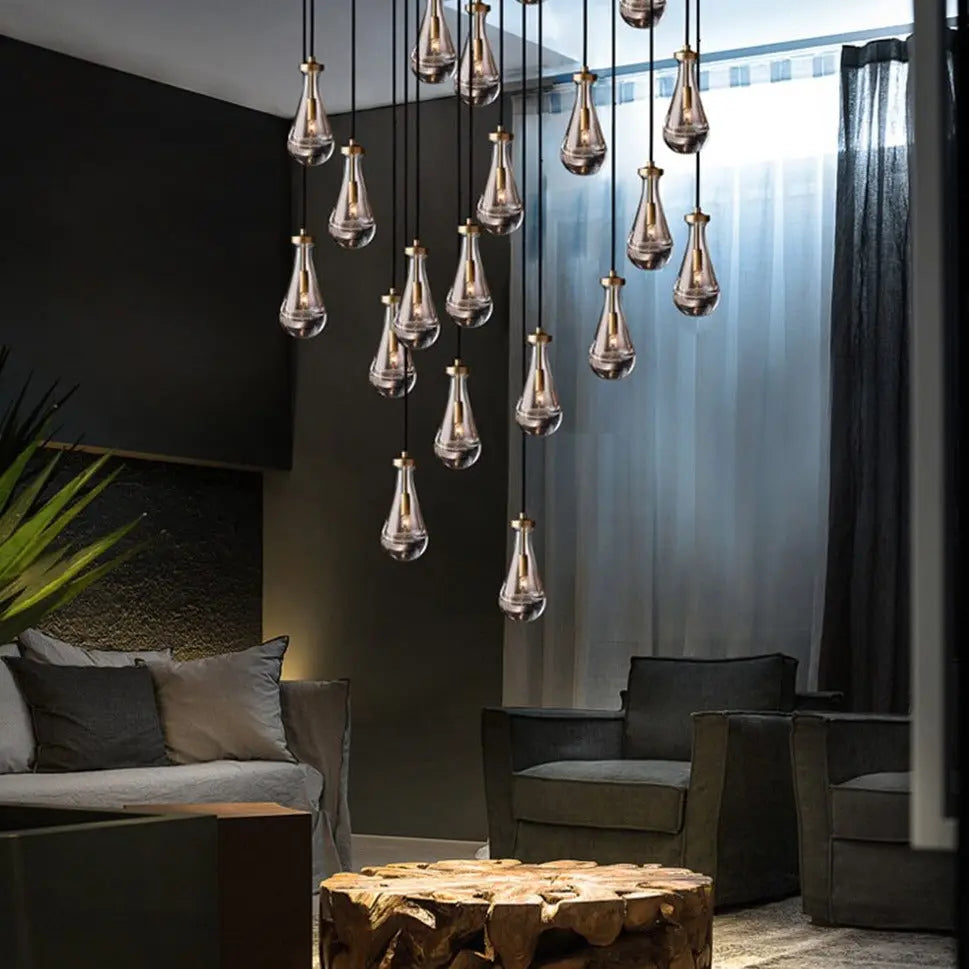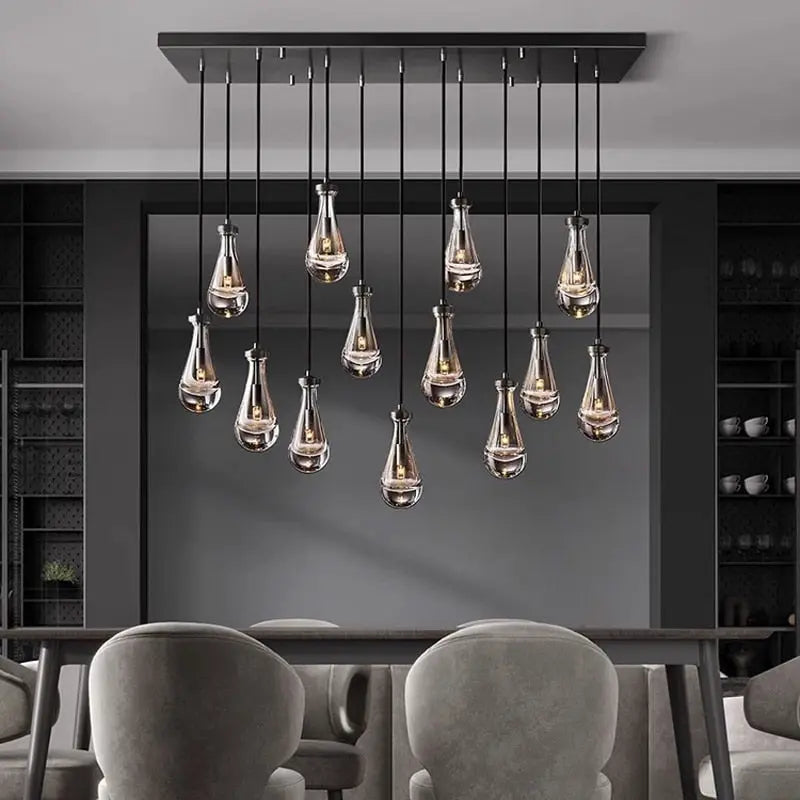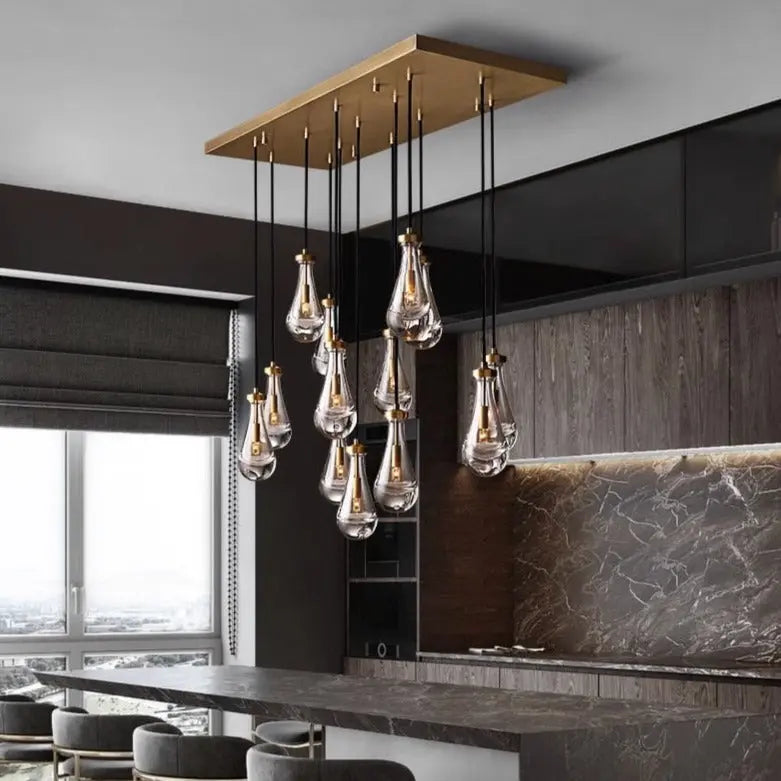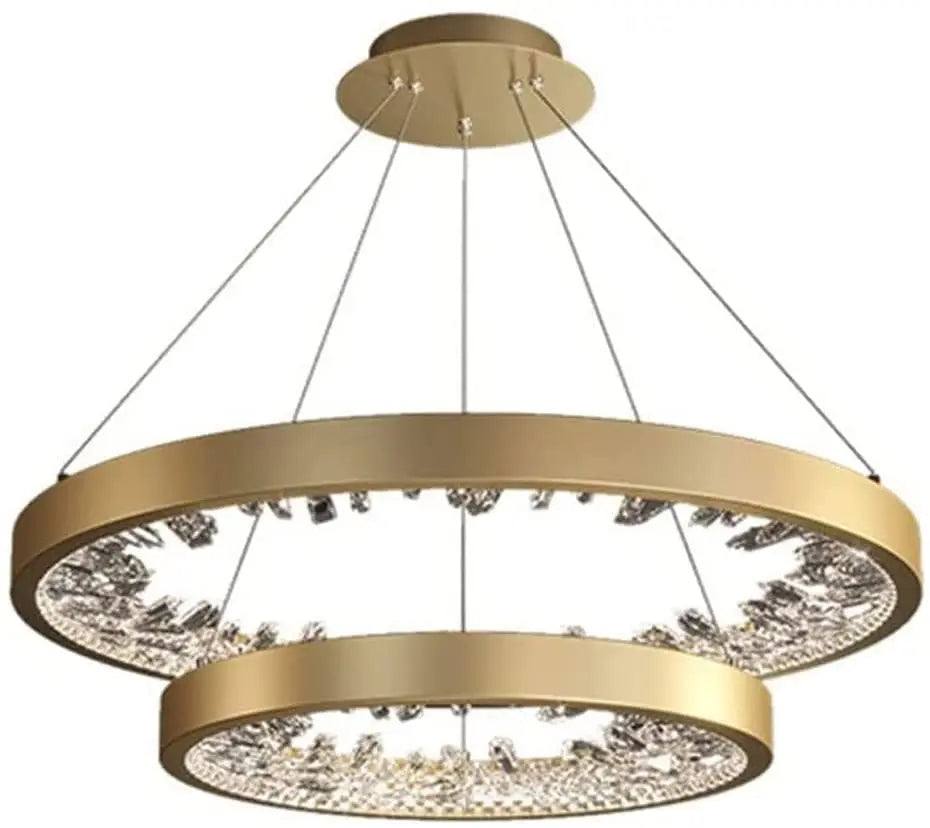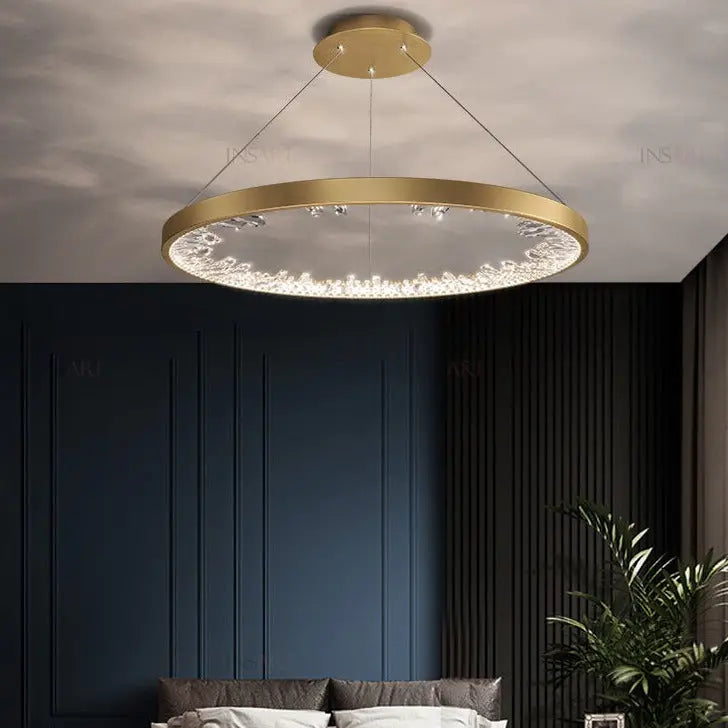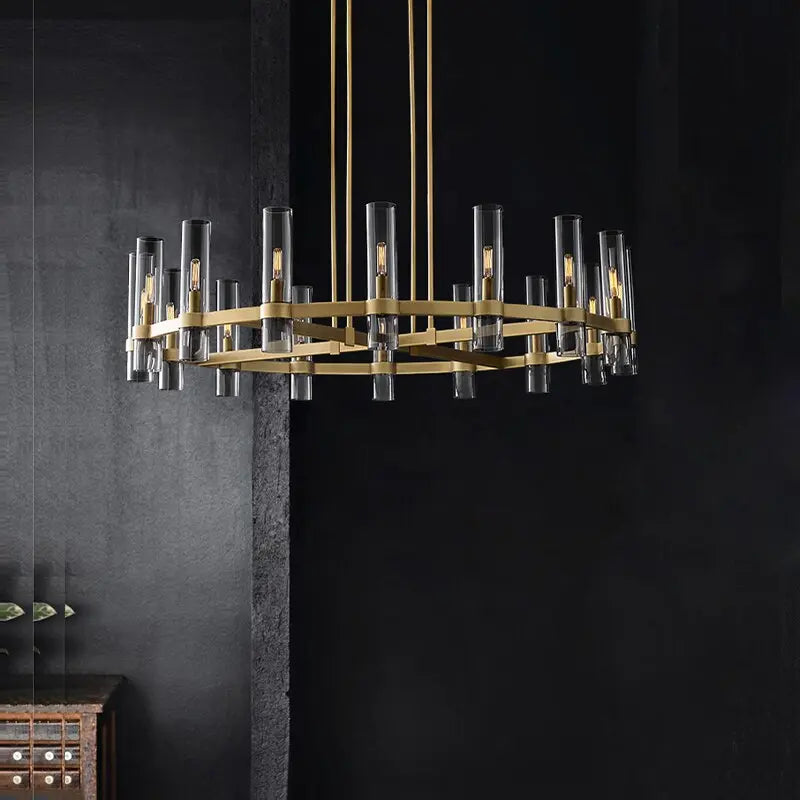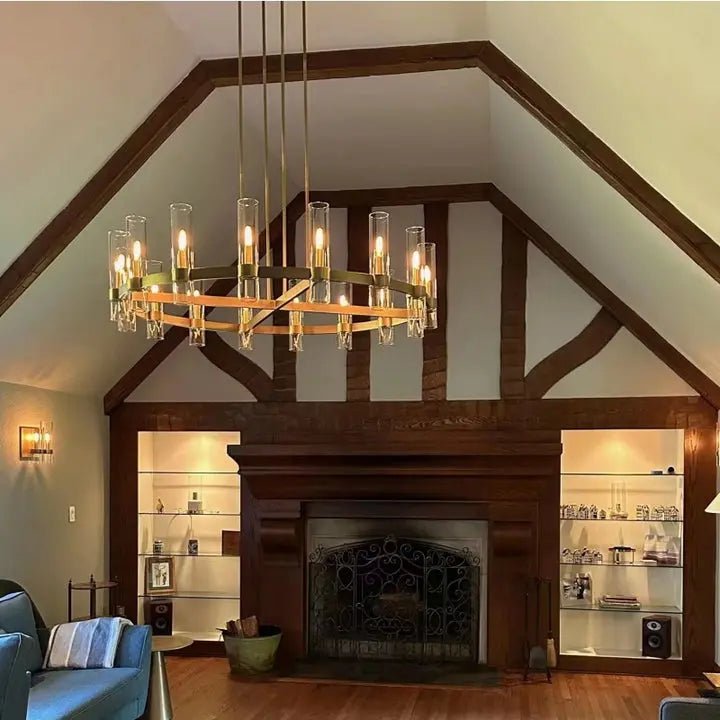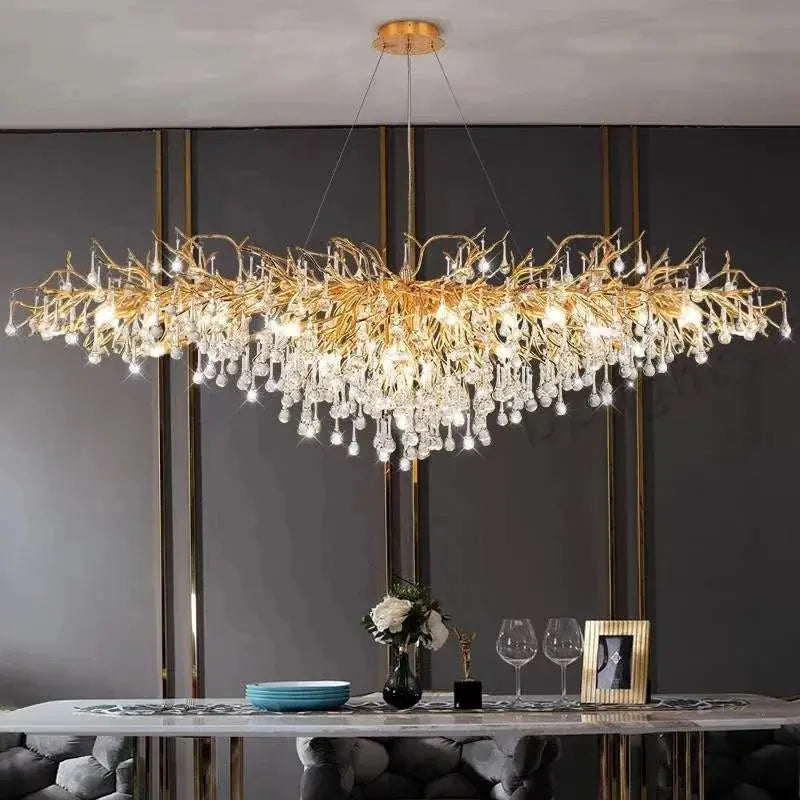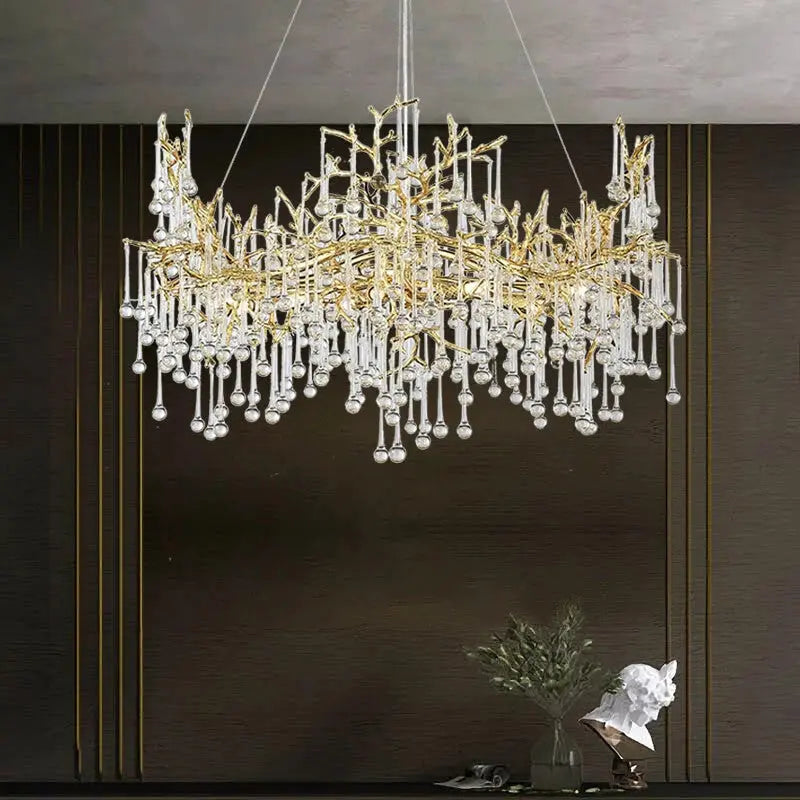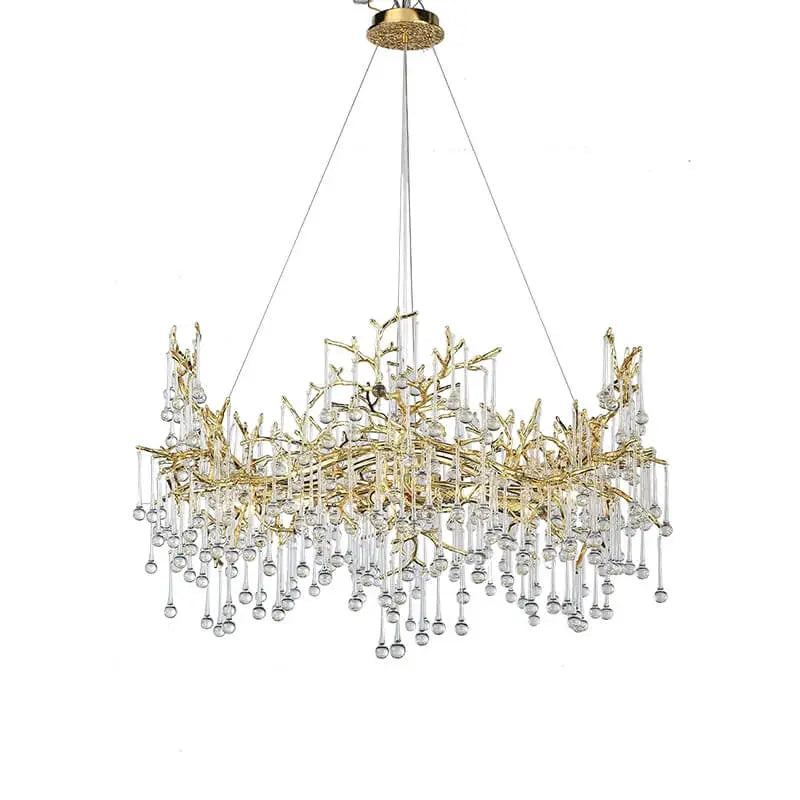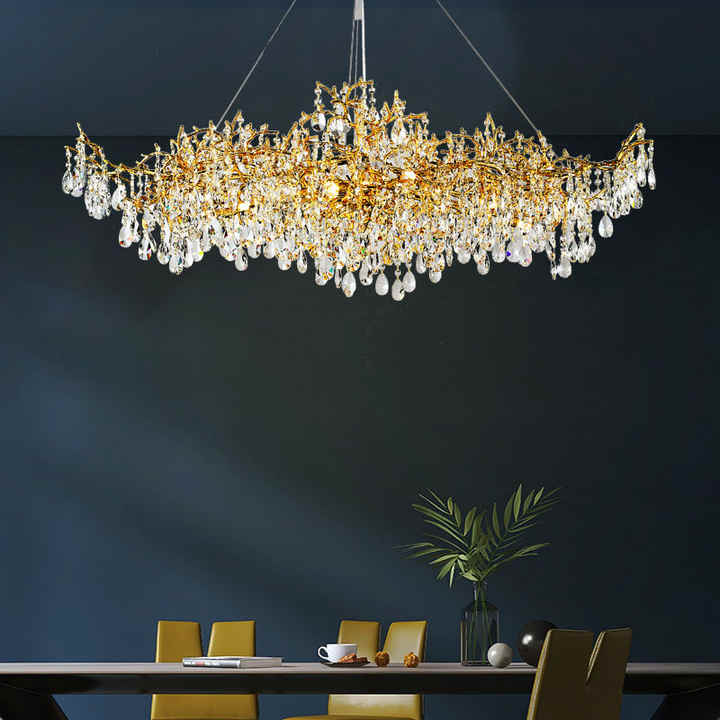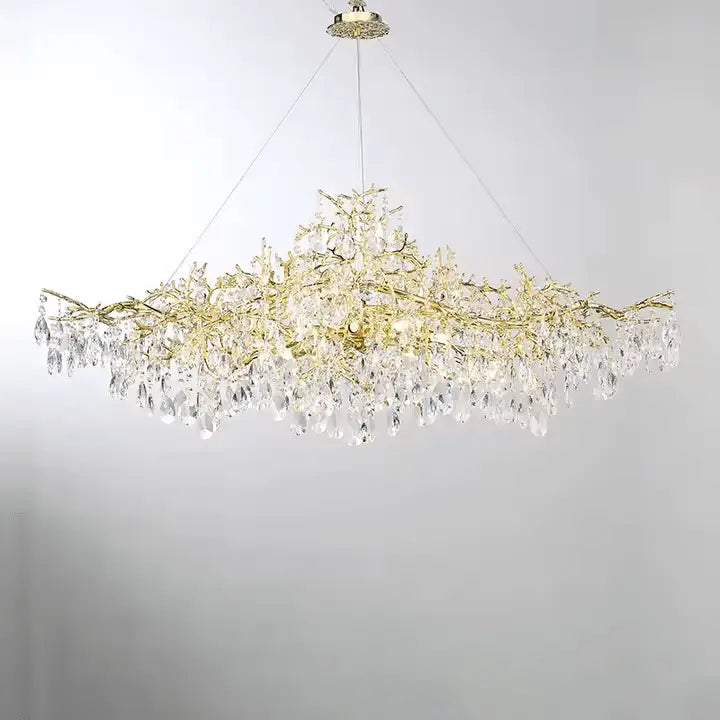Minimalism is all about keeping things simple and functional. When it comes to decorating your living room, you don't need a lot of stuff to create a beautiful space. Instead, focus on the essentials and make sure everything you choose has a purpose. This guide will show you how to decorate your living room with simple things, emphasizing clean lines, neutral colors, and a calm atmosphere.
Key Takeaways
- Keep it simple: Choose a few key pieces that serve a purpose.
- Stick to neutral colors to create a calm and spacious feel.
- Incorporate natural elements like plants to add warmth.
- Use furniture that is functional and stylish without being bulky.
- Regularly declutter to maintain an open and airy environment.
Understanding Minimalist Design Principles
Okay, so you're thinking about going minimalist in your living room? Awesome! It's not just about having less stuff; it's about a whole mindset. It's about creating a space that's calming, functional, and, honestly, just feels good to be in. Let's break down the core principles.
Emphasizing Simplicity
Simplicity is really the heart of minimalism. It's about stripping things down to their bare essentials. Think clean lines, uncluttered surfaces, and a general sense of openness. It's not about having nothing, but about only having things that truly matter. I remember when I first started, I was shocked at how much stuff I had that I didn't even use or like! Getting rid of that excess made a huge difference.
Focusing on Functionality
Everything in a minimalist space should serve a purpose. If it doesn't, it's just taking up space. This means choosing furniture and decor that are not only aesthetically pleasing but also practical. Think about how you actually use your living room. Do you need a huge sectional, or would a smaller sofa and a couple of armchairs work better? Functionality also ties into storage – making sure everything has a place to go so it doesn't end up cluttering surfaces. Consider smart storage solutions to keep things tidy.
Utilizing Neutral Colors
Neutral colors are a staple in minimalist design. Think whites, grays, beiges, and other muted tones. These colors create a sense of calm and spaciousness. They also provide a blank canvas for adding pops of color with accessories, if you want. The beauty of a neutral palette is that it's timeless and versatile. You can easily change up the look of your living room by swapping out a few pillows or a throw blanket. It's all about creating a cohesive look that feels relaxing and inviting.
Minimalism isn't about deprivation; it's about intentionality. It's about choosing to live with less so you can focus on what truly matters to you. It's a journey, not a destination, and it's okay to start small and gradually declutter and simplify your space. The goal is to create a living room that reflects your values and supports your well-being.
Choosing the Right Color Palette
Color is super important in minimalist design. It's not just about picking what looks good; it's about creating a feeling. You want your living room to feel calm and open, and the right colors can really help with that. It's all about balance and making smart choices.
Selecting Base Colors
When you're starting out, think about your base colors. These are the main colors that will cover most of your walls and large furniture pieces. Neutrals are your best friend here. Think whites, grays, and beiges. These colors make the room feel bigger and brighter. They also give you a blank canvas to work with, so you can add pops of color later without things getting too overwhelming. I personally love a warm gray as a base because it's cozy but still feels clean.
Incorporating Accent Shades
Okay, so you've got your neutral base. Now it's time to add some personality! This is where accent colors come in. But remember, minimalism is all about restraint. You don't want to go overboard. Choose one or two accent colors that you really love and use them sparingly. Think throw pillows, artwork, or a small rug. Muted blues, greens, or even a soft blush can work really well. The goal is to add a little bit of interest without disrupting the overall sense of calm. For example, you could use living room lighting ideas to highlight a piece of art with a pop of color.
Creating a Cohesive Look
This is where it all comes together. You want to make sure that your base colors and accent colors work well together. Think about the overall feeling you're trying to create. Do you want something warm and inviting? Or something cool and modern? Once you have a clear idea in mind, it'll be easier to choose colors that complement each other. Also, don't be afraid to experiment! Get some paint samples and try them out in your space. See how they look in different lights. It's all about finding what works best for you.
Choosing the right color palette is more than just aesthetics; it's about creating an environment that supports a minimalist lifestyle. It's about finding colors that promote calm, clarity, and a sense of spaciousness. By carefully selecting your base and accent colors, you can create a living room that feels both beautiful and functional.
Incorporating Natural Elements
Minimalism doesn't have to mean sterile or cold! Bringing the outdoors in is a fantastic way to add warmth and life to your minimalist living room. It's all about finding the right balance and using natural elements intentionally.
Adding Indoor Plants
Plants are probably the easiest way to incorporate nature. They add color, texture, and even help purify the air. I've found that starting with a few low-maintenance plants is the best way to go. Snake plants, ZZ plants, and succulents are all pretty forgiving if you forget to water them for a bit. Plus, the right pot can really complement your existing decor. I've got a few in simple terracotta pots, and they look great.
Using Natural Materials
Think about swapping out some of your synthetic materials for natural ones. A wooden coffee table or a jute rug can make a big difference. Even small things like linen throw pillows or a woven basket can add a touch of nature. I recently replaced my plastic storage bins with some made from seagrass, and it instantly made the room feel more relaxed. It's amazing how much of a difference raw natural materials can make.
Balancing Hard and Soft Textures
To keep things from feeling too stark, try balancing hard and soft textures. For example, if you have a concrete floor, add a plush rug and some soft blankets. If your furniture has clean, hard lines, soften it with some textured pillows. I like to use a mix of linen, wool, and cotton to create a cozy and inviting space. It's all about finding that sweet spot where the room feels both modern and comfortable.
I think the key is to not overdo it. A few well-chosen natural elements can go a long way in creating a calming and inviting minimalist living room. It's about quality over quantity, and choosing items that you truly love.
Selecting Minimalist Furniture

Opting for Multi-Functional Pieces
When embracing minimalism, your furniture choices become incredibly important. It's not just about having less; it's about having pieces that work harder for you. Think about items that can serve more than one purpose. A storage ottoman, for example, provides seating and a place to stash blankets or books. A sofa bed is great for guests without needing a dedicated guest room. These multi-functional pieces are key to maximizing space and minimizing clutter.
- Storage Ottomans
- Sofa Beds
- Modular Shelving
Choosing Simple Lines
Minimalist furniture often features clean, simple lines. Avoid anything too ornate or bulky. Look for pieces with a streamlined design and an uncluttered shape. This helps create a sense of calm and order in your living room. Think about the overall silhouette of the furniture – is it sleek and understated, or does it draw too much attention? The goal is to have furniture that blends seamlessly into the space, rather than dominating it.
Prioritizing Quality Over Quantity
It's better to have a few high-quality pieces than a lot of cheap, poorly made items. Invest in furniture that will last and that you truly love. This approach not only reduces waste but also ensures that the furniture you do have is both functional and beautiful. Consider the materials used, the construction quality, and the overall design. Choosing quality furniture is a long-term investment in your home's aesthetic and functionality.
By focusing on quality over quantity, you're creating a space that is both sustainable and stylish. This approach encourages mindful consumption and helps to reduce the environmental impact of your home decor choices.
Utilizing Negative Space Effectively
Negative space, often overlooked, is super important in minimalist design. It's not just about what you do put in a room, but also what you don't. Think of it as breathing room for your eyes and mind. It helps to create a sense of calm and order, which is what minimalism is all about. It's about creating a minimalist interior that feels open and airy, not cramped and cluttered.
Creating Balance and Proportion
Negative space helps balance the visual weight of objects in a room. Imagine a large sofa against a blank wall. The wall provides the negative space that prevents the sofa from overwhelming the room. It gives the eye a place to rest. You can use this to your advantage by arranging furniture to create a sense of equilibrium. It's like a visual seesaw – you want both sides to feel balanced. This is especially important in smaller spaces, where too much stuff can quickly make a room feel claustrophobic.
Highlighting Key Elements
Think of negative space as a spotlight for your favorite pieces. By leaving areas around a special piece of art or a unique piece of furniture empty, you draw attention to it. It allows the eye to focus and appreciate the item without being distracted by other things. It's like giving your favorite decorative items their own stage to shine on. This approach works particularly well with statement pieces that you want to stand out.
Avoiding Clutter
This is probably the most obvious benefit. By consciously using negative space, you're forced to be more selective about what you bring into your living room. It encourages you to only keep items that are truly essential or that you genuinely love. This naturally leads to a less cluttered environment. It's about making intentional choices and resisting the urge to fill every empty corner. This can be a challenge, especially if you're used to having a lot of stuff around, but the payoff is a more peaceful and relaxing living space.
Embracing negative space is about more than just aesthetics; it's about creating a more mindful and intentional living environment. It encourages you to focus on quality over quantity and to appreciate the beauty of simplicity. It's a way to declutter not just your physical space, but also your mind.
Thoughtful Decoration Choices

Minimalism isn't about having nothing, it's about having only what you truly need and love. When it comes to decorations, this means being very selective. It's about quality over quantity, and choosing items that add value to your space, not just fill it.
Limiting Decorative Items
Think of your living room as a gallery, not a storage unit. Each item should have a purpose or bring you joy. Resist the urge to fill every shelf and surface. A few well-chosen pieces are far more impactful than a collection of clutter. Consider what you truly value and display those items prominently. Everything else? It might be time to donate or store it away. This approach helps maintain a sense of calm and order in your space.
Choosing Art Wisely
Art can make or break a minimalist space. A single, striking piece of art can be a focal point, adding personality and interest without overwhelming the room. When selecting art, consider the color palette and overall aesthetic of your living room. Abstract art, simple prints, or even a well-framed photograph can work wonders. Avoid overly busy or distracting pieces. The goal is to enhance the space, not to dominate it. Think about the scale of the art in relation to the wall it will hang on. A large piece can make a statement, while a smaller piece can add a subtle touch of elegance. Don't be afraid to leave walls bare; negative space is just as important as the art itself. Consider minimalist patterns to add depth.
Incorporating Textiles and Fabrics
Textiles and fabrics are a great way to add warmth and texture to a minimalist living room. Think about incorporating a cozy throw blanket, some textured cushions, or a simple rug. Natural materials like wool, cotton, and linen can add a touch of luxury without being overly fussy. Choose colors and patterns that complement your overall color scheme. A pop of color in a cushion or a subtle pattern in a rug can add visual interest without disrupting the minimalist aesthetic. Layering textures can also add depth and dimension to the space. For example, a chunky knit throw paired with smooth linen cushions can create a cozy and inviting atmosphere. Don't underestimate the power of quality textiles to transform a room.
Maintaining a Clutter-Free Environment
It's easy for stuff to pile up, right? Before you know it, your minimalist living room is looking less 'zen' and more 'storage unit'. But don't worry, keeping things tidy is totally doable with a few simple habits.
Implementing Smart Storage Solutions
Okay, so first things first: think about where you're going to put everything. I'm not talking about shoving it in a closet and hoping for the best. Get creative! Think about furniture that does double duty. Ottomans with storage? Yes, please! Shelves that blend in with the wall? Absolutely! The goal is to make storage solutions blend seamlessly into your decor, so they don't scream 'I'm hiding clutter!'
Regularly Decluttering
This is the big one. You can have all the fancy storage in the world, but if you don't actually get rid of stuff, it's all for nothing. Set aside some time each week – even just 15 minutes – to go through your living room and ask yourself, 'Do I really need this?' If the answer is no, donate it, sell it, or toss it. Seriously, be ruthless. You'll be amazed at how much lighter and brighter your space feels when you get rid of the excess. It's about eliminating unnecessary possessions and keeping only what you truly love and use.
Creating a Routine for Organization
Okay, so you've decluttered, and you've got your storage sorted. Now, how do you keep it that way? The key is to make organization a habit. Maybe it's putting things back in their place every evening before you go to bed. Maybe it's a quick tidy-up on Saturday mornings. Whatever it is, find a routine that works for you and stick to it. It's like brushing your teeth – you do it every day without thinking about it, right? Make regularly decluttering just as automatic, and you'll never have to deal with a cluttered living room again.
I find that setting a timer helps. I'll tell myself, 'Okay, I'm going to declutter for 20 minutes,' and then I just go for it. It's amazing how much you can accomplish in a short amount of time when you're focused. And the best part? When the timer goes off, you're done! No need to spend hours and hours cleaning. Just a quick burst of energy, and you're good to go.
Wrapping It Up
So, there you have it. Minimalism isn’t just about having less stuff; it’s about making your space work for you. By keeping things simple and focusing on what really matters, you can create a living room that feels open and inviting. Remember, it’s okay to take your time with this process. Start small, maybe with just a few pieces, and see how it feels. You might be surprised at how much more you enjoy your space when it’s not cluttered with things you don’t need. So go ahead, embrace the minimalist vibe, and enjoy the calm that comes with it.
Frequently Asked Questions
What is minimalist design?
Minimalist design is all about keeping things simple and functional. It uses clean lines, neutral colors, and only the essentials to create a calm and beautiful space.
How do I choose colors for a minimalist living room?
For a minimalist living room, pick neutral colors like white, beige, or gray as your base. You can add a few accent colors to make it more interesting, but keep it simple.
What type of furniture works best in a minimalist space?
Look for furniture that has simple designs and serves more than one purpose. For example, a sofa bed or a coffee table with storage can help keep your space organized.
How can I use plants in a minimalist living room?
Use a few plants to add life to your room. Choose one or two larger plants instead of many small ones. This keeps the space looking clean and uncluttered.
What is negative space in design?
Negative space is the empty space around objects in a room. In minimalist design, it helps create balance and makes the room feel open and peaceful.
How do I keep my living room clutter-free?
To avoid clutter, use smart storage solutions like hidden cabinets or baskets. Regularly go through your things and get rid of items you don’t need.




